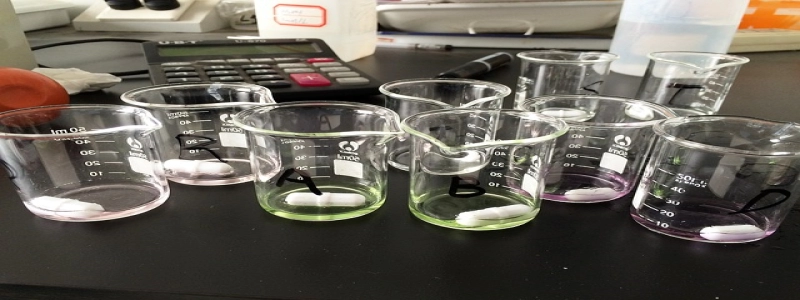Heterogeneous Attenuation
Introduction
In the field of physics and engineering, attenuation refers to the gradual loss of intensity or power of a signal as it propagates through a medium. This phenomenon is commonly encountered in various forms of waves, such as sound waves, electromagnetic waves, and seismic waves. Heterogeneous attenuation, in particular, refers to the attenuation that occurs when the medium through which the wave is propagating has varying properties.
Explanation
Heterogeneous attenuation occurs when the properties of the medium, such as density, composition, or structure, vary spatially. This variation can result in the scattering, absorption, or reflection of the wave, leading to a loss of intensity or power. Unlike homogeneous attenuation, where the medium has uniform properties, heterogeneous attenuation poses additional challenges due to the complexity introduced by the varying properties.
Impact on Waves
Heterogeneous attenuation affects the behavior of waves in numerous ways. Firstly, it alters the velocity of the wave, as the different regions of the medium exhibit different degrees of attenuation. This variation in velocity can lead to wavefront distortion, dispersion, and the creation of secondary waves. Secondly, the heterogeneous nature of attenuation can cause energy spreading, where the wave energy is distributed unevenly throughout the medium. This can lead to a decrease in the overall signal strength and affect the quality of communication or imaging systems.
Applications
Understanding heterogeneous attenuation is crucial in various fields. In medical imaging, for example, the attenuation of ultrasound waves as they pass through different tissues can provide valuable information for diagnostic purposes. By considering the varying attenuation properties of different tissues, doctors can obtain detailed images of internal organs and tissues, aiding in the detection and diagnosis of diseases. Similarly, in seismology, the attenuation of seismic waves can help determine the structure and composition of the Earth’s crust, providing insights into tectonic processes and earthquake behavior.
Challenges and Advances
The study and modeling of heterogeneous attenuation present several challenges. The main obstacle lies in accurately characterizing the variations in medium properties and their effects on wave propagation. Methods such as tomography and statistical modeling have been developed to address these challenges, allowing for the estimation of attenuation profiles and the prediction of wave behavior in heterogeneous media. Furthermore, advancements in imaging techniques and computational modeling have significantly improved our understanding of attenuation mechanisms and their influence on different types of waves.
Conclusion
Heterogeneous attenuation is a complex phenomenon that occurs when a wave propagates through a medium with varying properties. It affects the behavior of waves and has important applications in various fields, such as medical imaging and seismology. Through advancements in imaging techniques and computational modeling, scientists and engineers are continually improving our understanding of heterogeneous attenuation and its impact on wave propagation.







